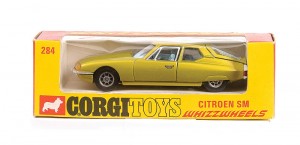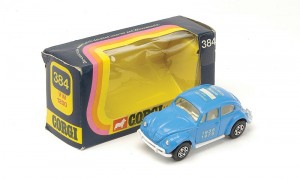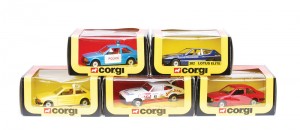Chad Valley Games – Escalado Horse Racing Game
Chad Valley – Escalado
.
Let me start with an apology : I said I would try to give some guide as to dating the popular Chad Valley game of Escalado in response to a request from a visitor to the site. However, like lots of things in life, it is never as straight-forward as you might at first imagine. So I have tried to steer a course through the last 80 something odd years of Escalado and attempted to keep this post somewhat simplistic and give just a superficial guide as to the dating of any edition.
**********
The game has always been sold under the Chad Valley name, although more recently other parent companies or associated companies may have also been printed on the box. ie the Palitoy take over in 1978 / the Chad Valley name acquired by Woolworth in 1988 / and finally the Home Retail Group purchasing the brand in 2009 so that now the Chad Valley name is only available through the Argos catalogue, all these had an impact on the wording to be found on the box.
Many of the editions of the game would also have included a ‘Royal Warrant’ printed on the box which again would give an indication as to date.
Early editions also showed a difference in the horses themselves. Initially having a high lead content meant they were more malleable than their modern day counterparts which resulted in the legs tending to bend as the horse was pressed down in order to ‘seat’ the horse firmly to the course. Horses themselves were heavier due to their composition, initially approx. 100gsm. and cast with finer detail with the jockeys holding whips. Whereas the slightly later editions of the early 1930’s saw the weight of the horses reduced slightly, to around 92gsm., and the jockeys no longer sported their whips. Still with the horses, and early editions had cast into the underside a shortened version of ‘Copyright of the Proprietors’ which reads ‘Copyri of the Propri’. The word ‘England’ could also be found, again in raised letters, to the inside front left leg of the horse. Later editions simply had ‘Chad Valley’ in raised letters to the underside.
By the 1960’s the horses were of a lighter metal alloy manufacture and by the 1990’s were to be found moulded in plastic.
With regards to the Escalado box, before 1938 Chad Valley held no ‘Royal Warrant’ and so boxes pre-1938 carried no ‘By Appointment’ notation or ‘Coats of Arms’ insignia.
1937 saw King George VI and Queen Elizabeth (Lady Elizabeth Bowes-Lyon, later the Queen Mother) ascend to the throne and in the following year Chad Valley were approved a ‘British Royal Warrant of Appointment’.
From that date, all Chad Valley toys displayed a label stating ‘Toy-makers to Her Majesty the Queen’, this was until 1953 when Queen Elizabeth II was crowned.
During the war years 1939-1945 toy production throughout the UK was either suspended completely or drastically reduced.
In 1953-‘By appointment to Her Majesty Queen Elizabeth the Queen Mother’ was a newly named Royal Warrant held by Chad Valley which reflected her new title.
The earliest editions of the game used a coated linen race cloth and tension straps, with wooden studs/obstacles, lead horses, and a wooden vibrator box.
Later editions from the late 1960’s then started using plastic vibrator boxes and straps, synthetic linen cloths with plastic studs/obstacles, and metal alloy horses.
The latest editions, from the 1990’s used all plastic track, vibrator boxes, straps and horses.
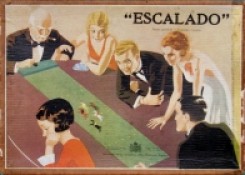 < Early 1940’s Edition
< Early 1940’s Edition
Box lid carries the Royal Crest with the wording ‘By Appointment Toymakers to Her Majesty the Queen’.
.
.
.
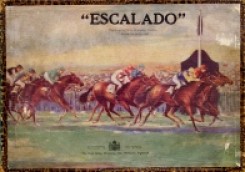 Late 1940’s Edition >
Late 1940’s Edition >
Later 1940’s version again with Royal Crest surrounded by the wording ‘By Appointment Toymakers to Her Majesty the Queen’.
.
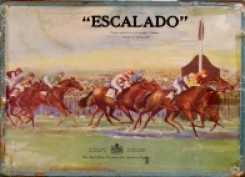
.
.
< 1950’s Edition
Same box design as previous but on this the Royal Warrant is by ‘Appointment to Her Majesty Queen Elizabeth the Queen Mother.’
.
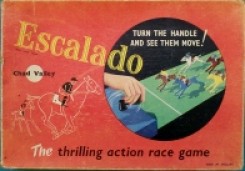 .
.
Early 1960’s Edition >
This red box design would date to around the late 1950’s to the early 1960’s.
.
.
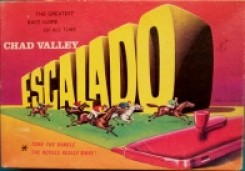 .
.
.
< 1960’s Edition
1960’s pre decimal edition of the game. Graphic illustration to lid with Escalado wording in perspective.
.
.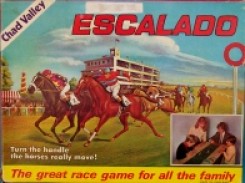
1960’s – 1970’s Edition >
Barclay Securities edition after their buy out of the company in 1971, this version assumed to date from around 1972 – 1978.
*******
It should be noted that these are by no means the only boxes produced in which the game of Escalado were sold. Indeed Escalado was marketed for export all over the world and from that point alone there was potential for any number of box colours and labels. Although I have stopped at the 1970’s version the game was produced for many years afterwards, indeed right up to and including todays version, but by the late ’70’s the Chad Valley name would feature alongside another on the box, that of its new owner. So it is at that point that I am limiting this look at one of the most iconic table top games there has been.
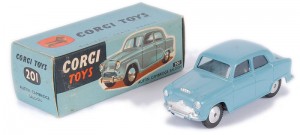
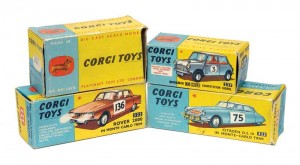
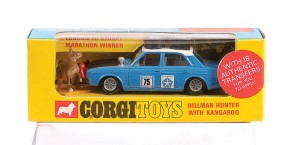 December 1966
December 1966 